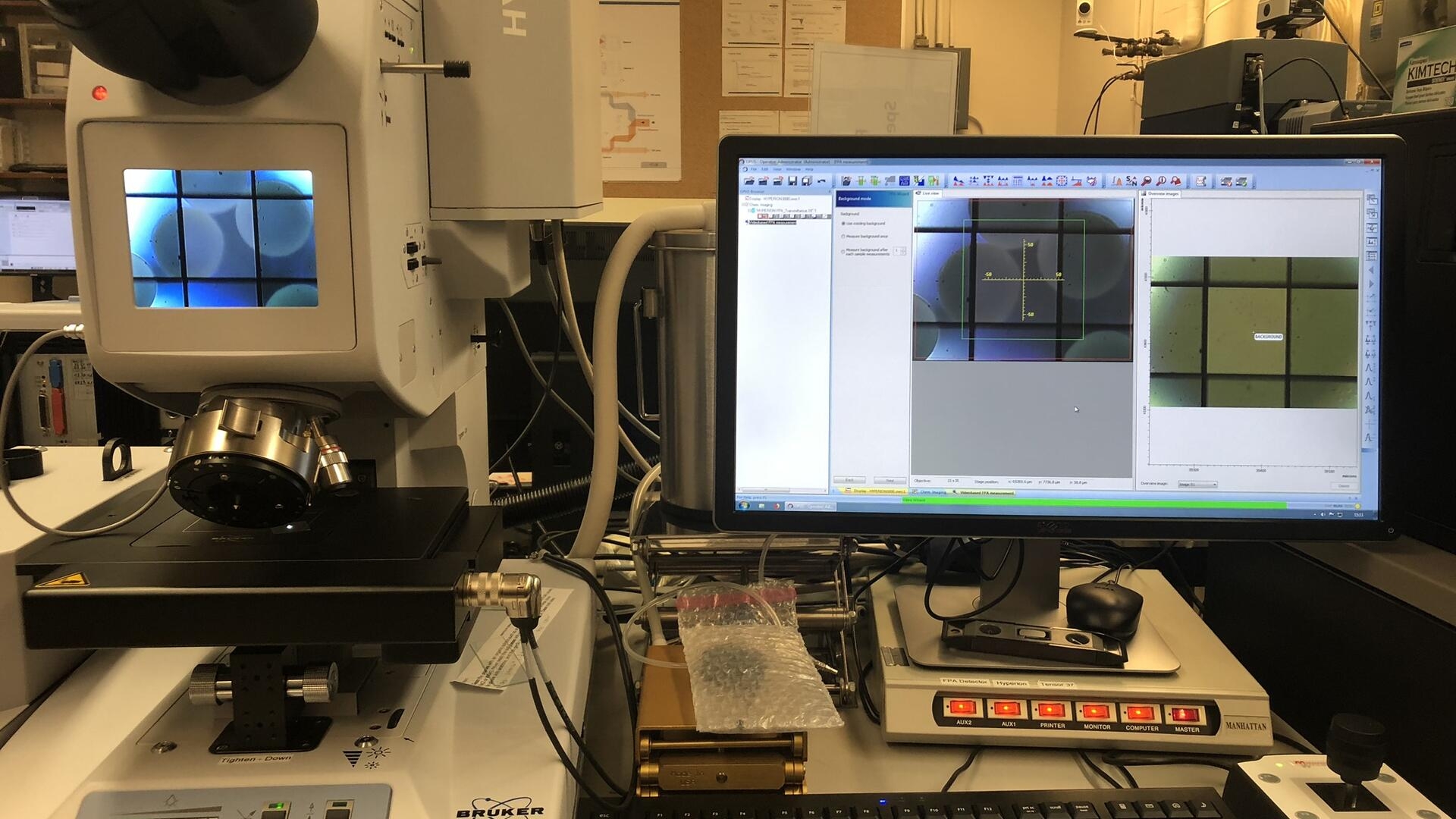We reach more than 65,000 registered users in Dec!! Register Now

Using AI to find microplastics
- December 12, 2023
- 5 Views
- 0 Likes
- 0 Comment
Researchers use AI to identify toxic substances in wastewater with greater accuracy and speed
An interdisciplinary research team from the University of Waterloo is using artificial intelligence (AI) to identify microplastics faster and more accurately than ever before.
Microplastics are commonly found in food and are dangerous pollutants that cause severe environmental damage – finding them is the key to getting rid of them.
The research team’s advanced imaging identification system could help wastewater treatment plants and food production industries make informed decisions to mitigate the potential impact of microplastics on the environment and human health.
A comprehensive risk analysis and action plan requires quality information based on accurate identification. In search of a robust analytical tool that could enumerate, identify and describe the many microplastics that exist, project lead Dr. Wayne Parker and his team, employed an advanced spectroscopy method which exposes particles to a range of wavelengths of light. Different types of plastics produce different signals in response to the light exposure. These signals are like fingerprints that can also be employed to mark particles as microplastic or not.
The challenge researchers often find is that microplastics come in wide varieties due to the presence of manufacturing additives and fillers that can blur the “fingerprints” in a lab setting. This makes identifying microplastics from organic material, as well as the different types of microplastics, often difficult. Human intervention is usually required to dig out subtle patterns and cues, which is slow and prone to error.
“Microplastics are hydrophobic materials that can soak up other chemicals,” said Parker, a professor in Waterloo’s Department of Civil and Environmental Engineering. “Science is still evolving in terms of how bad the problem is, but it’s theoretically possible that microplastics are enhancing the accumulation of toxic substances in the food chain.”
Parker approached Dr. Alexander Wong, a professor in Waterloo’s Department of Systems Design Engineering and the Canada Research Chair in Artificial Intelligence and Medical Imaging for assistance. With his help, the team developed an AI tool called PlasticNet that enables researchers to rapidly analyze large numbers of particles approximately 50 per cent faster than prior methods and with 20 per cent more accuracy.
The PlasticNet research team (L to R): Dr. Wayne Parker, Frank Zhu and Dr. Alexander Wong.
The tool is the latest sustainable technology designed by Waterloo researchers to protect our environment and engage in research that will contribute to a sustainable future.“We built a deep learning neural network to enhance microplastic identification from the spectroscopic signals,” said Wong. “We trained it on data from existing literature sources and our own generated images to understand the varied make-up of microplastics and spot the differences quickly and correctly— regardless of the fingerprint quality.”
Parker’s former PhD student, Frank Zhu, tested the system on microplastics isolated from a local wastewater treatment plant. Results show that it can identify microplastics with unprecedented speed and accuracy. This information can empower treatment plants to implement effective measures to control and eliminate these substances.
The next steps involve continued learning and testing, as well as feeding the PlasticNet system more data to increase the quality of its microplastics identification capabilities for application across a broad range of needs.
List of Referenes
- Ziang Zhu, Wayne Parker, Alexander Wong. Leveraging deep learning for automatic recognition of microplastics (MPs) via focal plane array (FPA) micro-FT-IR imaging. Environmental Pollution, 2023; 337: 122548 DOI: 10.1016/j.envpol.2023.122548
Cite This Article as
No tags found for this post









